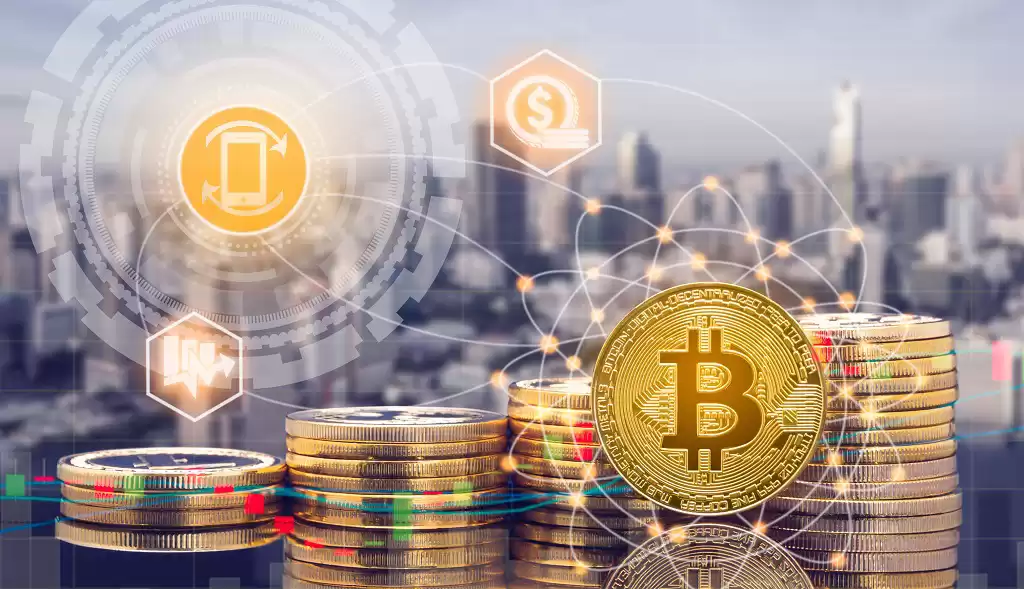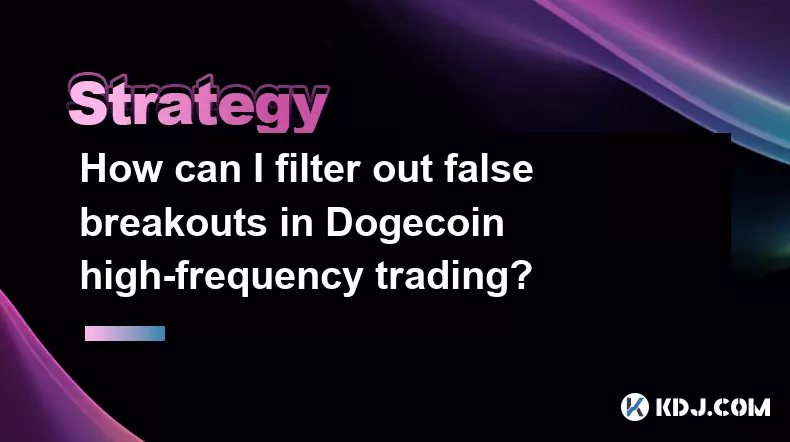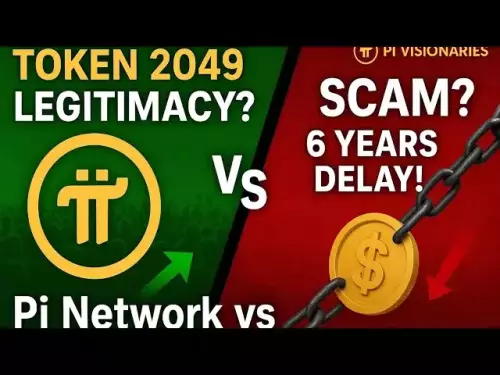-
 bitcoin
bitcoin $114779.865156 USD
2.30% -
 ethereum
ethereum $4226.519789 USD
2.39% -
 tether
tether $1.000545 USD
0.04% -
 xrp
xrp $2.890223 USD
0.92% -
 bnb
bnb $1030.029301 USD
2.95% -
 solana
solana $212.824944 USD
1.69% -
 usd-coin
usd-coin $0.999757 USD
0.01% -
 dogecoin
dogecoin $0.234961 USD
-0.27% -
 tron
tron $0.337174 USD
0.42% -
 cardano
cardano $0.804783 USD
0.09% -
 hyperliquid
hyperliquid $45.748770 USD
-2.85% -
 chainlink
chainlink $21.699170 USD
0.82% -
 ethena-usde
ethena-usde $1.001452 USD
0.08% -
 avalanche
avalanche $30.237800 USD
1.14% -
 stellar
stellar $0.372604 USD
1.52%
What Is a Decentralized Finance (DeFi)?
Decentralized finance (DeFi) has emerged as a groundbreaking sector, empowering individuals to control their finances through peer-to-peer (P2P) applications and services built on blockchain technology.
Nov 06, 2024 at 01:41 am

- Definition: Decentralized finance (DeFi) is a rapidly growing sector of the financial industry that leverages blockchain technology to create peer-to-peer (P2P) financial applications and services.
Key Features: DeFi platforms are characterized by:
- Decentralization: Removing the need for intermediaries, such as banks and exchanges.
- Transparency: All transactions are recorded on the public blockchain, providing visibility into activities.
- Accessibility: Open to anyone with an internet connection, regardless of location or financial status.
- Programmability: Smart contracts automate financial processes, making them more efficient and secure.
Core Principles: DeFi aims to break down traditional financial barriers and empower individuals to control their own finances through:
- Reduction of Costs: Eliminating middlemen and transaction fees.
- Increased Accessibility: Providing financial services to the unbanked and underserved.
- Enhancement of Transparency: Ensuring accountability and reducing the risk of fraud.
- Accessibility: Open 24/7, accessible to users from anywhere with an internet connection.
- Low Fees: Significantly lower transaction and transfer fees compared to traditional financial institutions.
- Yield Farming: Allows users to earn passive income by providing liquidity to protocols.
- Decentralization: Removes single points of failure and reduces the risk of censorship.
- Volatility: DeFi markets can be highly volatile, resulting in significant price fluctuations.
- Security: DeFi protocols can be vulnerable to hacks and exploits, potentially leading to loss of funds.
- Complexity: DeFi platforms can be complex to use, requiring a deep understanding of blockchain technology.
- Legal Uncertainty: The regulatory landscape surrounding DeFi is still evolving, leading to potential legal risks.
DeFi applications include:
- Decentralized Exchanges (DEXs): Allow for the trading of cryptocurrencies without the need for a central authority.
- Stablecoins: Cryptocurrencies pegged to a fiat currency, providing price stability for DeFi transactions.
- Lending and Borrowing: Protocols that connect borrowers and lenders, providing access to loans and interest-earning opportunities.
- Derivatives: Contracts that allow users to speculate on the price of underlying assets or hedge against risk.
Disclaimer:info@kdj.com
The information provided is not trading advice. kdj.com does not assume any responsibility for any investments made based on the information provided in this article. Cryptocurrencies are highly volatile and it is highly recommended that you invest with caution after thorough research!
If you believe that the content used on this website infringes your copyright, please contact us immediately (info@kdj.com) and we will delete it promptly.
- BlockDAG, DOGE, HYPE Sponsorship: Crypto Trends Shaping 2025
- 2025-10-01 00:25:13
- Deutsche Börse and Circle: A StableCoin Adoption Powerhouse in Europe
- 2025-10-01 00:25:13
- BlockDAG's Presale Buzz: Is It the Crypto to Watch in October 2025?
- 2025-10-01 00:30:13
- Bitcoin, Crypto, and IQ: When Genius Meets Digital Gold?
- 2025-10-01 00:30:13
- Stablecoins, American Innovation, and Wallet Tokens: The Next Frontier
- 2025-10-01 00:35:12
- NBU, Coins, and Crypto in Ukraine: A New Yorker's Take
- 2025-10-01 00:45:14
Related knowledge

Practical parameter settings for a Bitcoin multi-timeframe moving average system
Sep 18,2025 at 10:54pm
Optimizing Timeframe Combinations for Bitcoin Trading1. Selecting appropriate timeframes is crucial when building a multi-timeframe moving average sys...

How can I filter out false breakouts in Dogecoin high-frequency trading?
Sep 22,2025 at 01:00am
Understanding False Breakouts in Dogecoin Trading1. A false breakout occurs when Dogecoin's price appears to move beyond a defined support or resistan...

Techniques for identifying tops and bottoms in the Bitcoin on-chain NVT model
Sep 20,2025 at 07:54pm
Understanding the NVT Model in Bitcoin Analysis1. The Network Value to Transactions (NVT) ratio is often described as the 'P/E ratio' of the cryptocur...

What does the surge in open interest in Bitcoincoin futures mean?
Sep 20,2025 at 11:18pm
Understanding the Surge in Dogecoin Futures Open Interest1. A surge in open interest within Dogecoin futures indicates a growing number of active cont...

How can I use the Ethereum USDT premium to gauge market sentiment?
Sep 18,2025 at 11:55pm
Understanding the Ethereum USDT Premium1. The Ethereum USDT premium refers to the price difference between USDT (Tether) traded on Ethereum-based plat...

What should I do if Ethereum staking yields decline?
Sep 20,2025 at 06:18am
Understanding the Causes Behind Declining Ethereum Staking Yields1. The Ethereum network transitioned to a proof-of-stake consensus mechanism with the...

Practical parameter settings for a Bitcoin multi-timeframe moving average system
Sep 18,2025 at 10:54pm
Optimizing Timeframe Combinations for Bitcoin Trading1. Selecting appropriate timeframes is crucial when building a multi-timeframe moving average sys...

How can I filter out false breakouts in Dogecoin high-frequency trading?
Sep 22,2025 at 01:00am
Understanding False Breakouts in Dogecoin Trading1. A false breakout occurs when Dogecoin's price appears to move beyond a defined support or resistan...

Techniques for identifying tops and bottoms in the Bitcoin on-chain NVT model
Sep 20,2025 at 07:54pm
Understanding the NVT Model in Bitcoin Analysis1. The Network Value to Transactions (NVT) ratio is often described as the 'P/E ratio' of the cryptocur...

What does the surge in open interest in Bitcoincoin futures mean?
Sep 20,2025 at 11:18pm
Understanding the Surge in Dogecoin Futures Open Interest1. A surge in open interest within Dogecoin futures indicates a growing number of active cont...

How can I use the Ethereum USDT premium to gauge market sentiment?
Sep 18,2025 at 11:55pm
Understanding the Ethereum USDT Premium1. The Ethereum USDT premium refers to the price difference between USDT (Tether) traded on Ethereum-based plat...

What should I do if Ethereum staking yields decline?
Sep 20,2025 at 06:18am
Understanding the Causes Behind Declining Ethereum Staking Yields1. The Ethereum network transitioned to a proof-of-stake consensus mechanism with the...
See all articles










































































